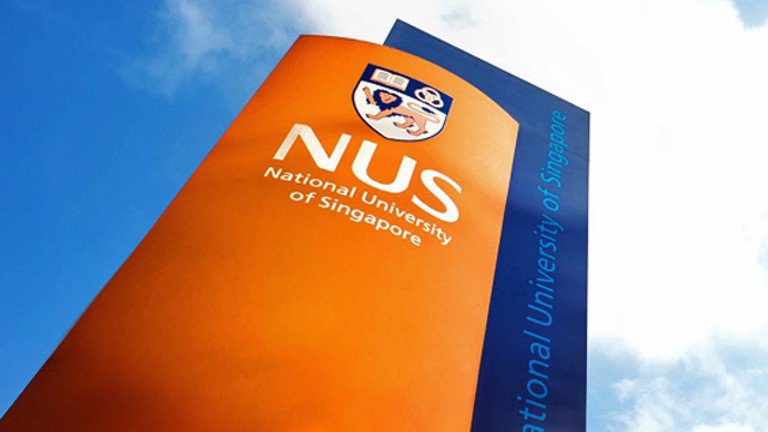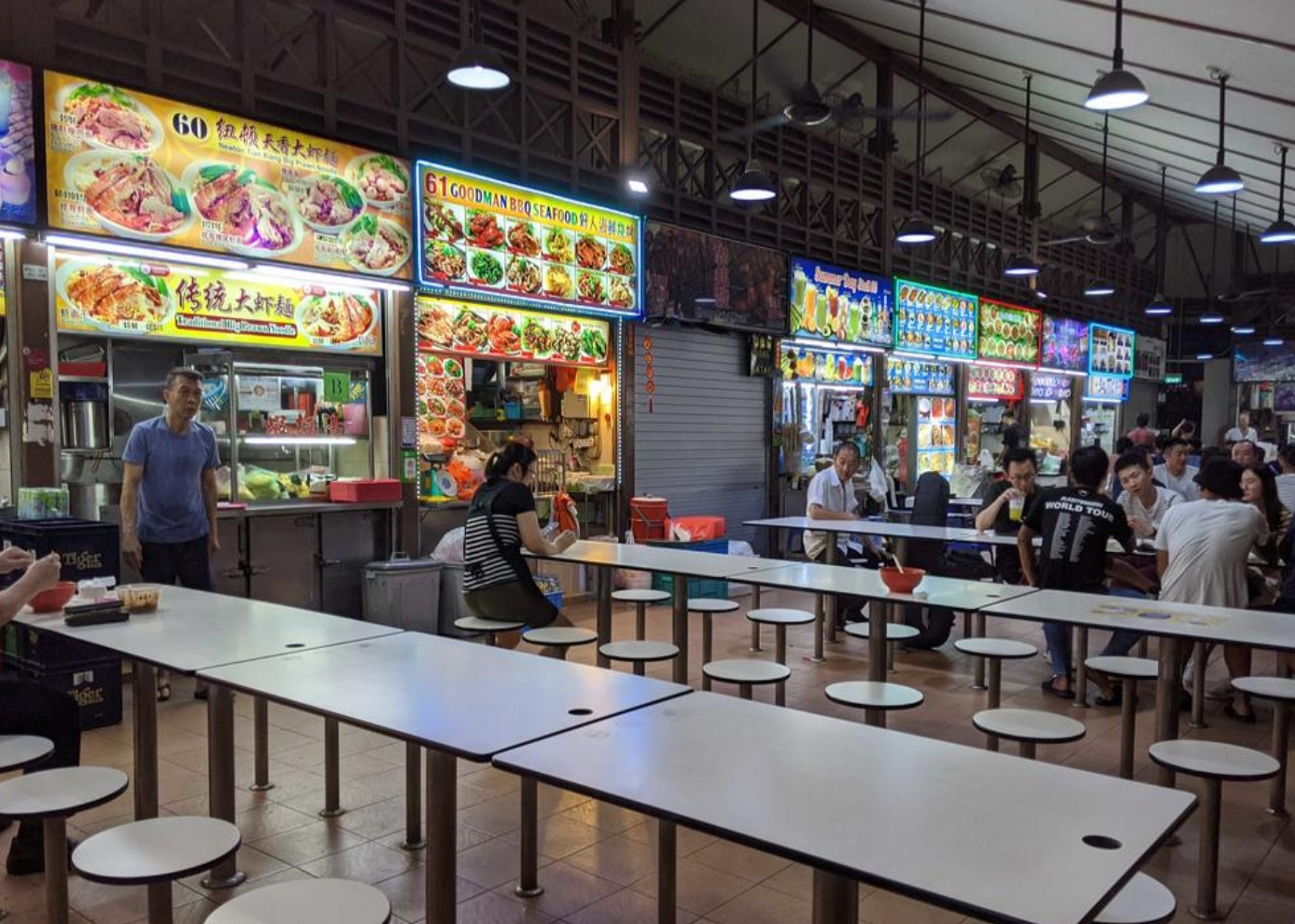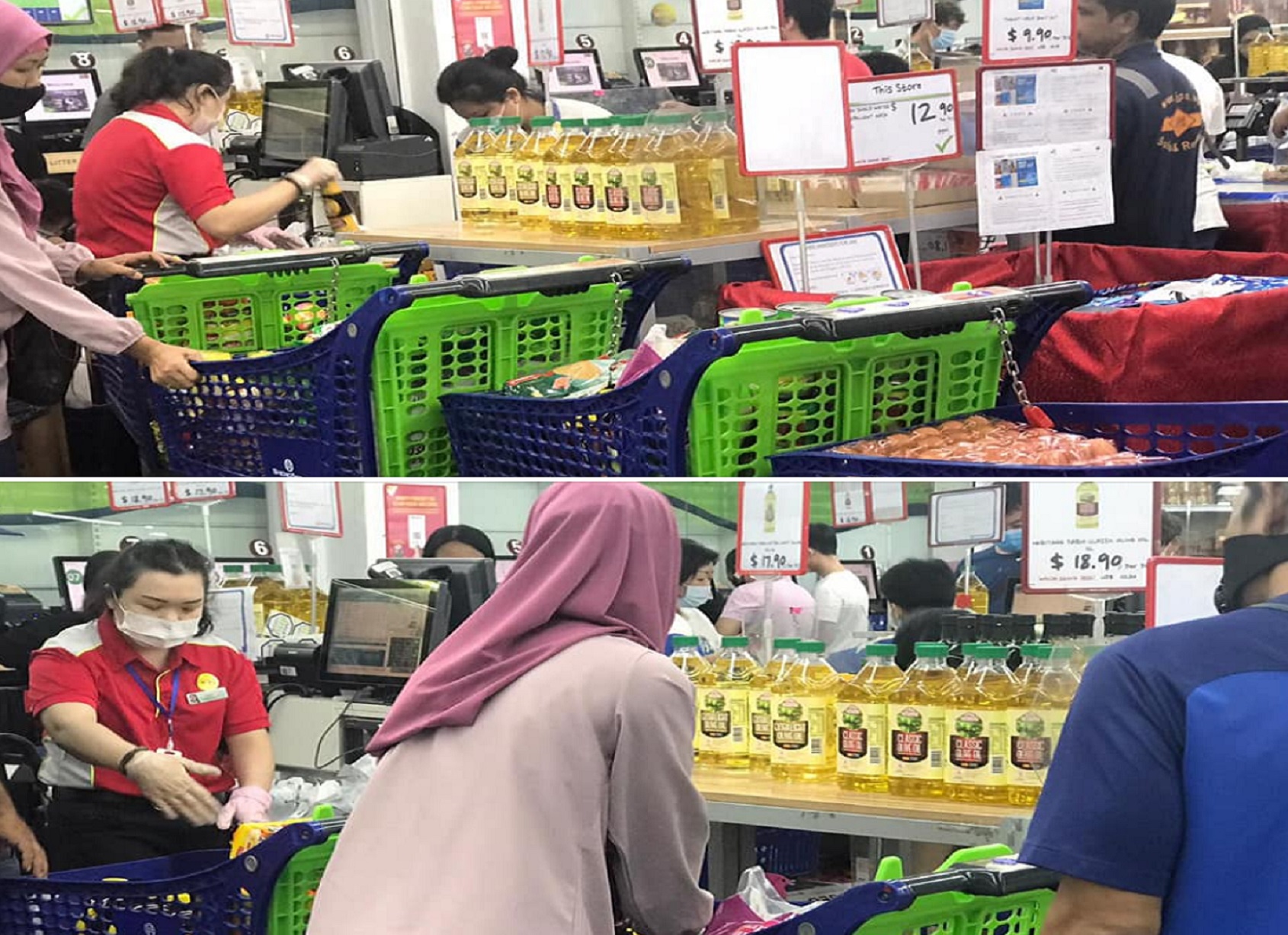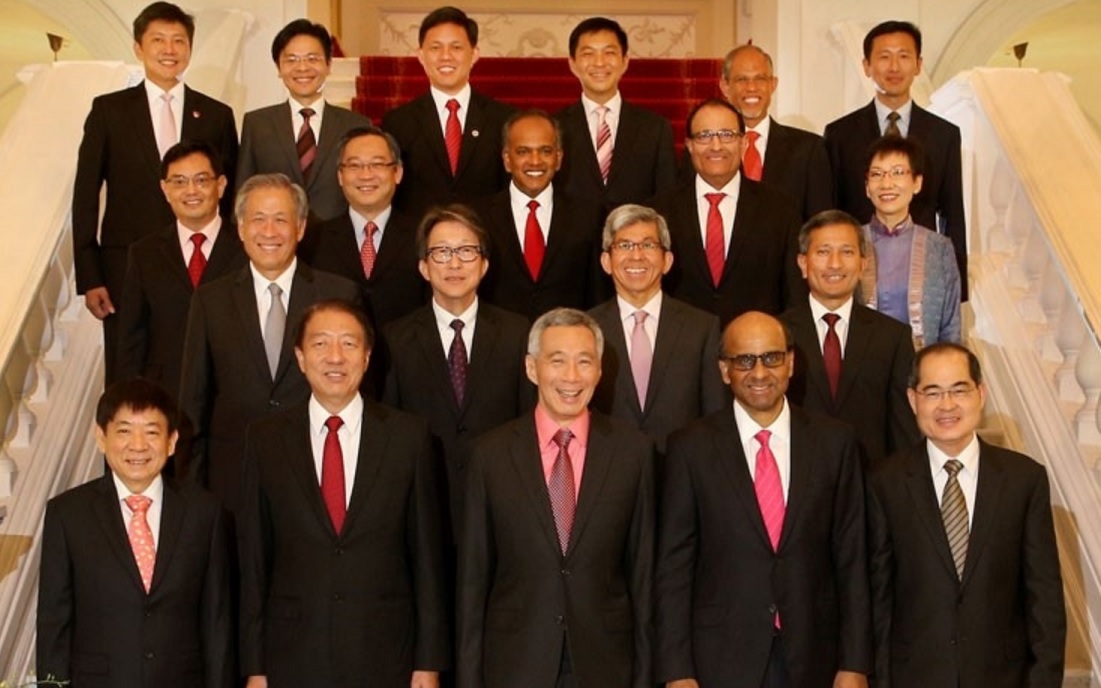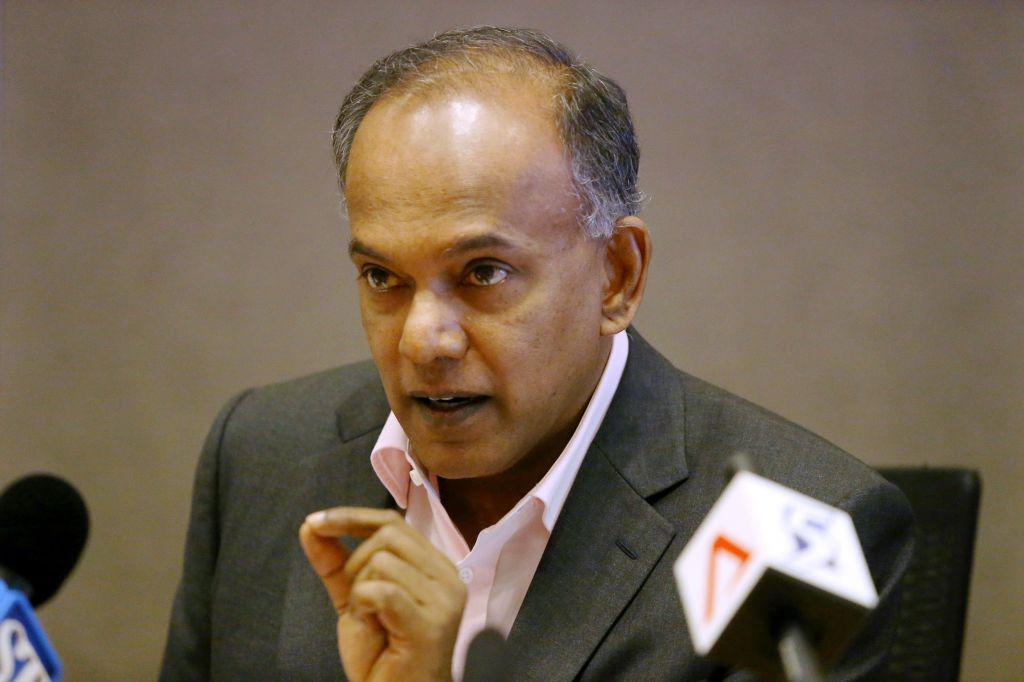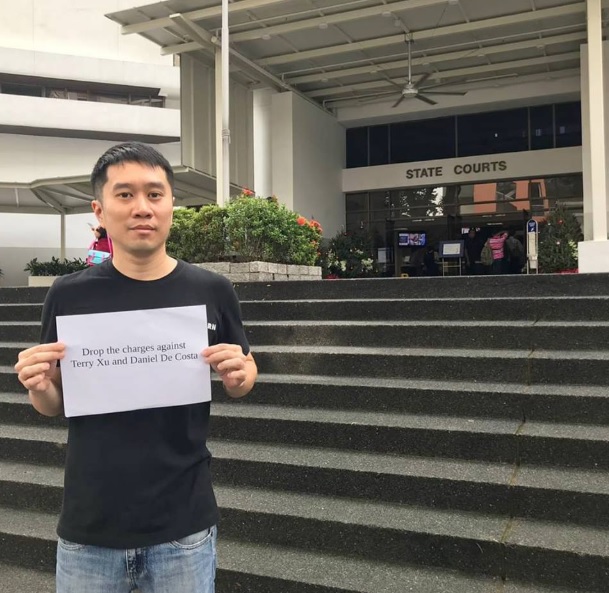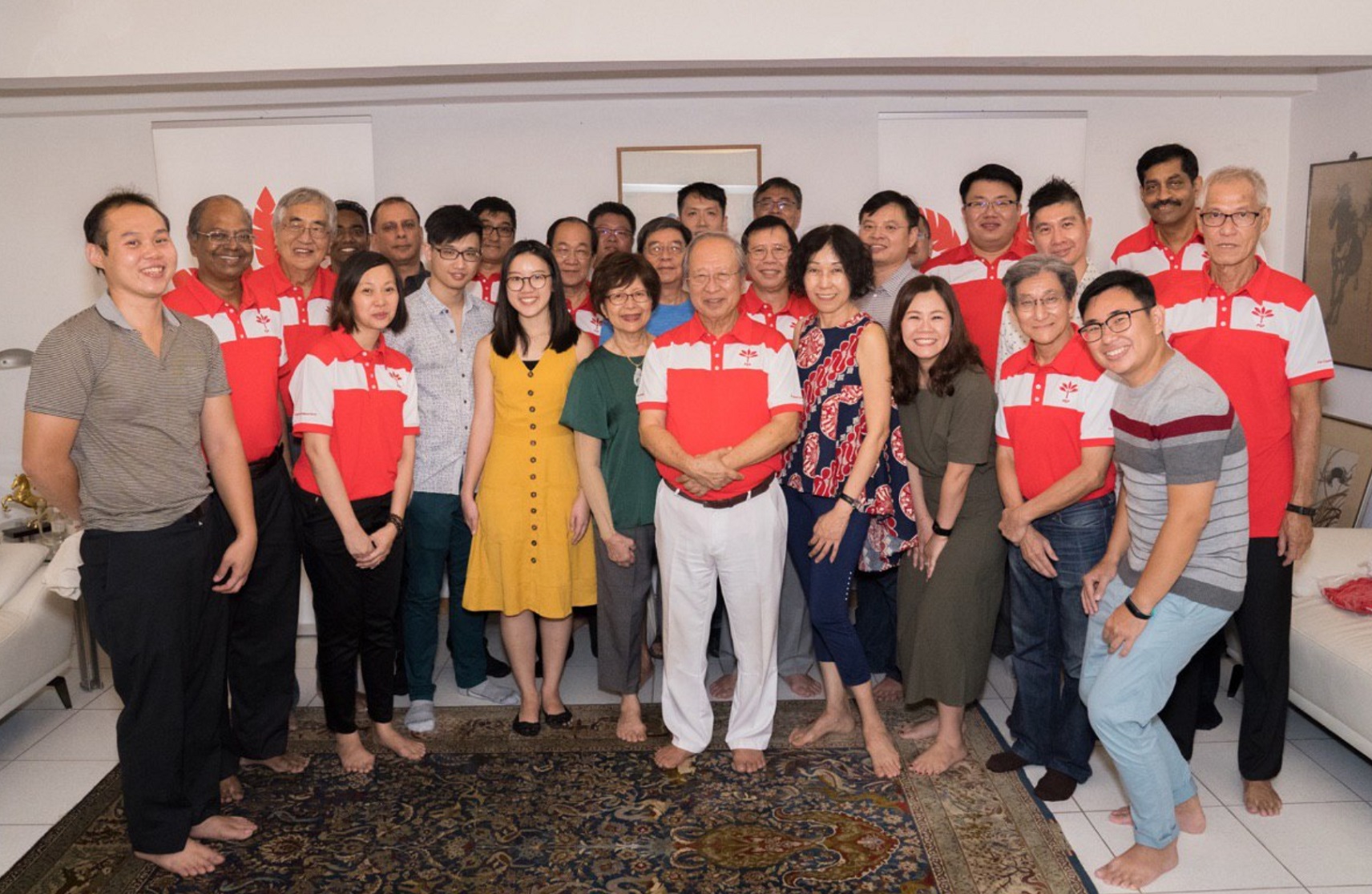A recent CNA article took a look at Singaporean women who are choosing to undergo IVF treatment in neighbouring Johor Baru.
There are various reasons for this trend. Firstly, IVF treatments here are only open to women who are below 45 years old. Secondly, for the women aged 40 and above, the price, even after government subsidies, is more affordable in Johor. Lastly, \they are able to test the embryos before they are implanted in the uterus.
You wonder why this is the case.
Singaporeans have not been having children at replacements for a long time. The government acknowledges the problem, and have attempted to seek various solutions to meet population projection of 6.5 million population. They have provided several financial incentives for couples.
Yet, change has been limited.
They should take review their policies on IVF use and the subsidies that they are providing.
Couples who go for IVF treatments want children. Where it is medically safe and ethical, they should be provided with more support than they are currently being given.
Subsidies should be more attractive to enable the average Singaporeans access to cheap, but effective IVF solutions instead of having to go overseas for such treatments.
It is expensive to have children in Singapore. When it is also expensive for couples who want children to go for IVF treatments, they may be put off and forgo plans of having children.
The government must get more serious about growing the local population.
She used to go to Johor Bahru at least thrice a week for six months, telling herself “to be strong” and think positively “no matter what”.
Driven by desperation and hoping for success, getai celebrity Liu Ling Ling had done her research — she chose the most popular clinic in town for her treatments.
“The nurse also told me a lot of Singaporeans (make) their babies here,” she said.
Age is a reason, as IVF for women aged 45 and older is not allowed here. But there are also other reasons Singaporeans are crossing the Causeway for these treatments, the programme Talking Point discovers. (Watch the episode here.)
And with fertility clinics seeming to boast high success rates, there is a question whether the reality is as good as promised, or are women pinning too much hope on IVF, overseas or locally?
In the case of Ms Liu, she had tried reproductive treatment in Singapore before she was 45, but it was unsuccessful.
When her doctor first told her that she would have to go to Malaysia in order to have more fertility treatments, she felt “lost”, as she did not know where to go.
“You don’t know about the doctors here; you don’t know whether it’s safe or not,” she recounted. But eventually, she found TMC Fertility Centre and Dr Fabian James Kurian.
he also found out that Johor Bahru was an attractive option for Singaporeans because of the price, which is “less than 50 per cent”.
For those aged below 40, the cost of an IVF cycle at a public hospital in Singapore can be as low as S$2,500, after the government co-funds 75 per cent (up to S$7,700) of the treatment.
But for older women, it usually costs between S$10,000 and $15,000 — with no co-funding — whereas in Johor Bahru, IVF treatment may cost about S$5,000 to S$7,000 per cycle, which is more attractive to this group aged 40 and above.
There is something else the nearby city offers: The ability to test the embryos before they are implanted in the uterus.
This technique, called pre-implantation genetic screening, aims to improve IVF outcomes for women, say, one who has “tried IVF perhaps a few times and has failed”, explained gynaecologist Ann Tan.
Embryos with chromosomal abnormalities are the most likely reason for an unsuccessful cycle and are more common among older women.
But screening for the correct number of chromosomes, so that only those embryos are implanted, can boost success rates to up to 70 per cent.
A pilot programme allowing this in Singapore is underway. But “it isn’t easily available”, said Dr Tan, who has her own clinic, the Women Fertility & Fetal Centre.





